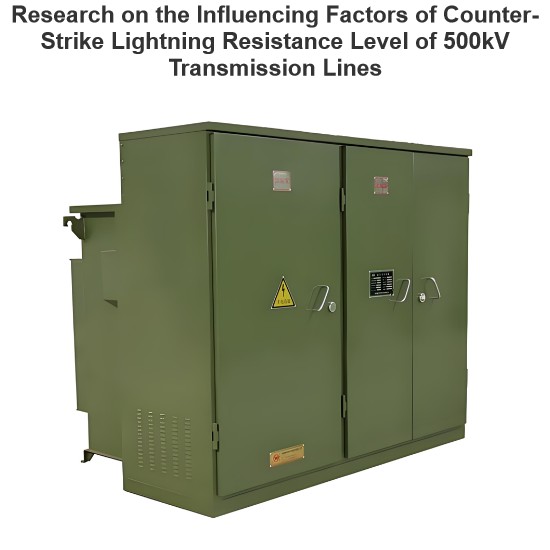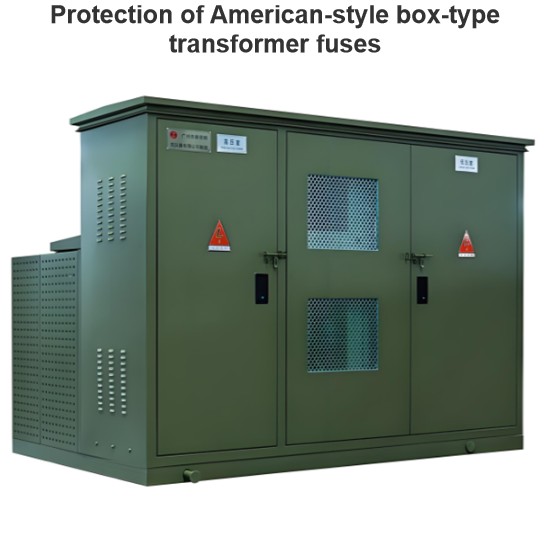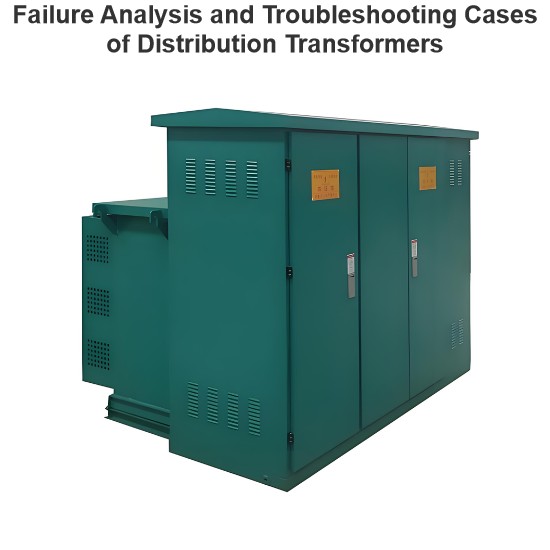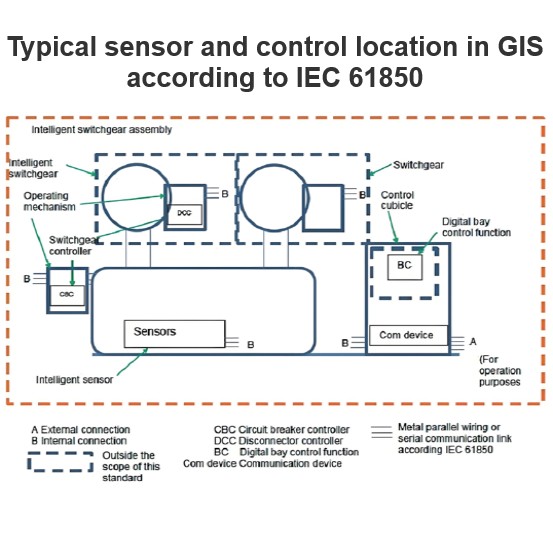Indoor Substation
An indoor substation refers to a type of substation where all apparatus is installed within the substation building. Typically, this kind of substation is designed for voltages up to 11,000 volts. However, in environments where the surrounding air is contaminated by substances such as metal - corroding gases, fumes, and conductive dust, its applicable voltage range can be extended to 33,000 to 66,000 volts.
As illustrated in the diagram below, an indoor substation is divided into multiple compartments. These include the control compartment, the compartment housing indicating and metering instruments as well as protective devices, the main bus - bar compartment, and the compartment for current transformers and cable sealing boxes. Each compartment serves a specific function, ensuring the efficient and safe operation of the substation.

An indoor substation is defined as a facility where all electrical apparatus is housed within an enclosed building structure. Generally, these substations are suitable for applications with voltage levels of up to 11,000 volts. However, when situated in environments laden with contaminants like metal - corroding gases, hazardous fumes, or conductive dust particles, their operational voltage can be elevated to a range of 33,000 to 66,000 volts, enabling them to withstand harsher conditions while maintaining functionality.
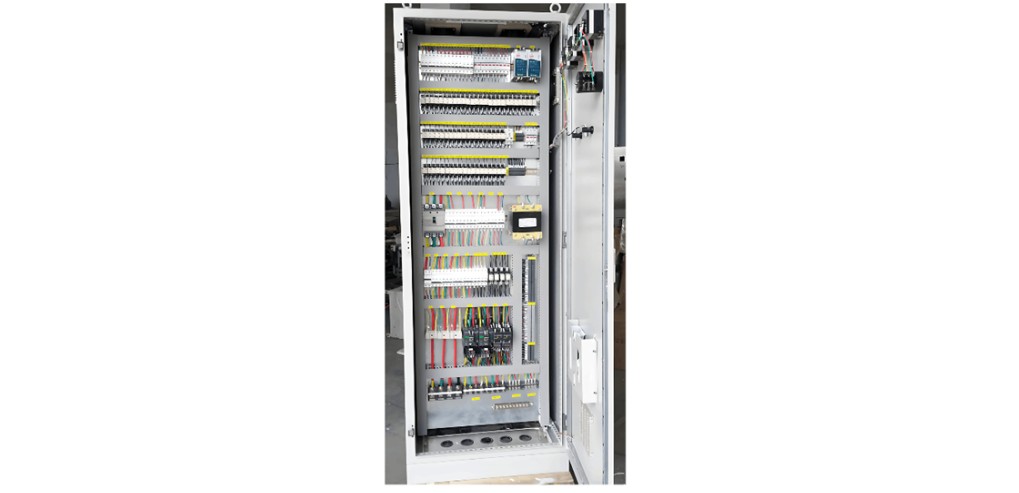
A general view of a unit-type metal-clad switchboard assembled of several metal-clad cubicles is shown above.
The Electricity Encyclopedia is dedicated to accelerating the dissemination and application of electricity knowledge and adding impetus to the development and innovation of the electricity industry.

